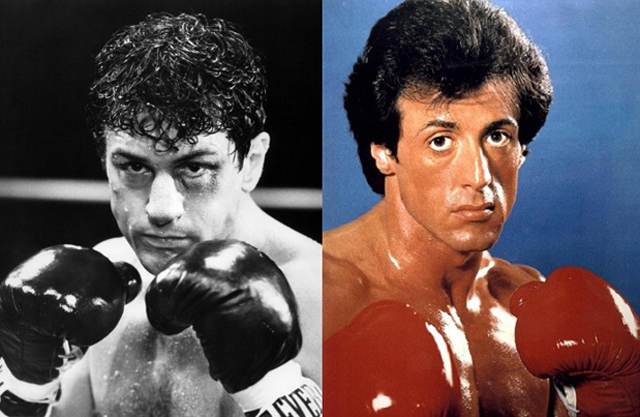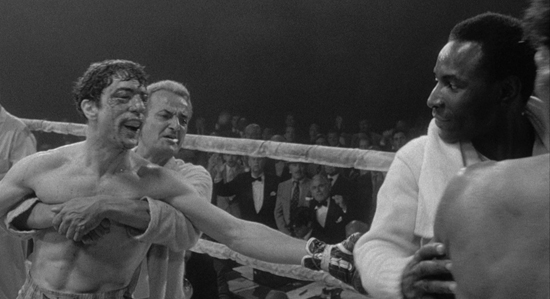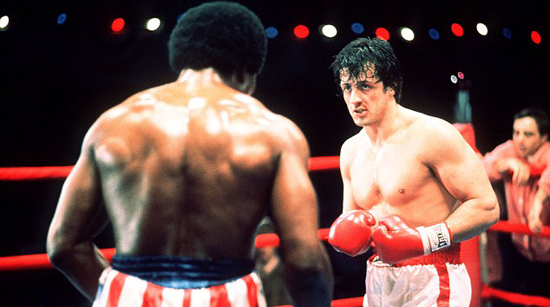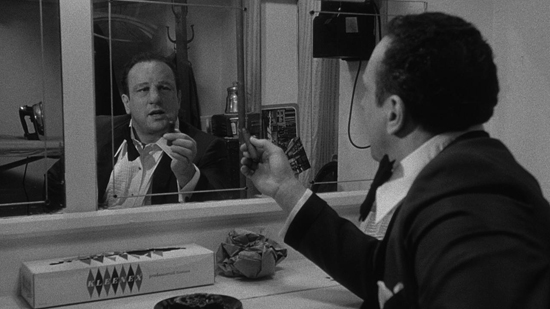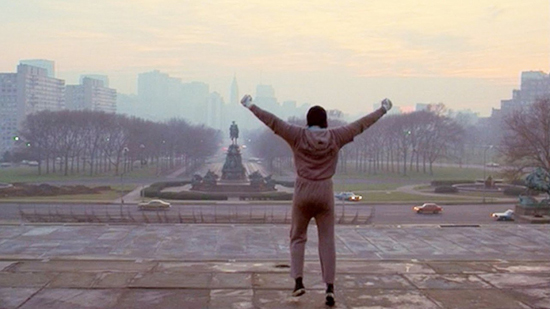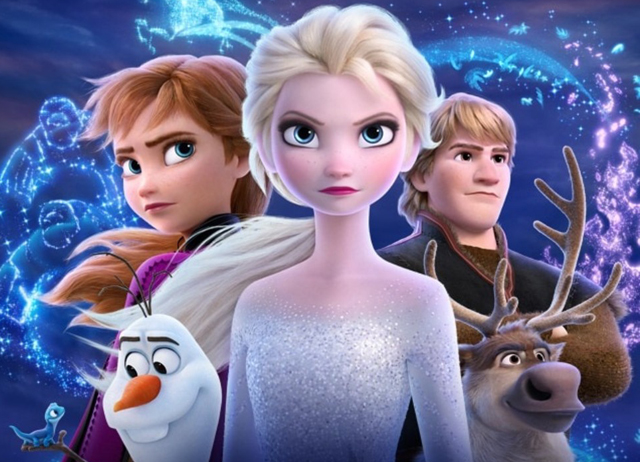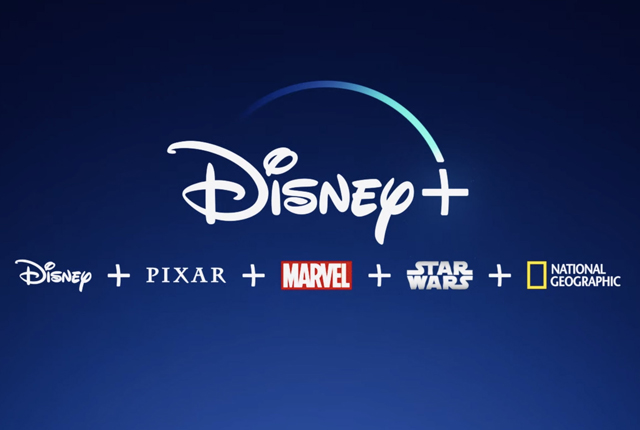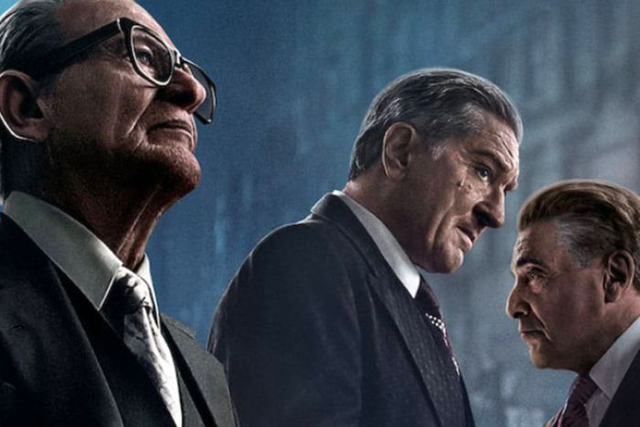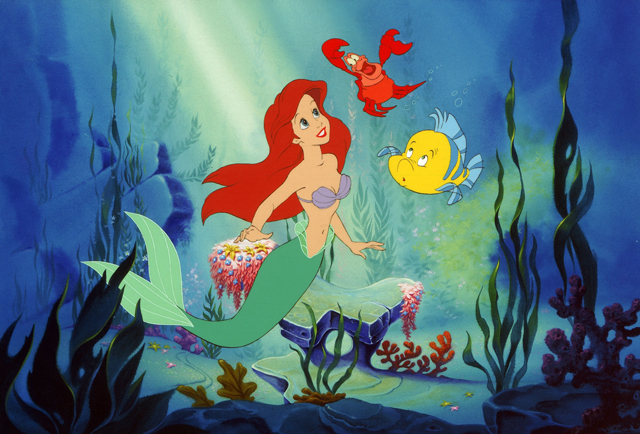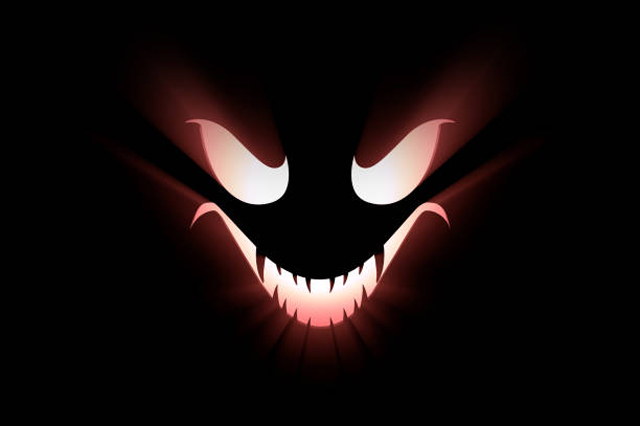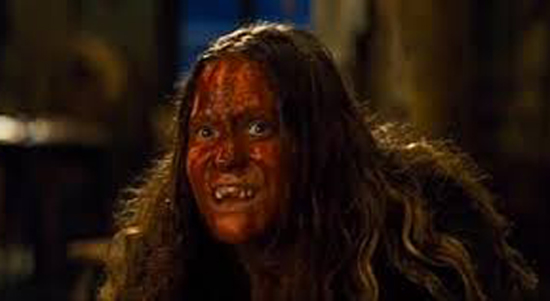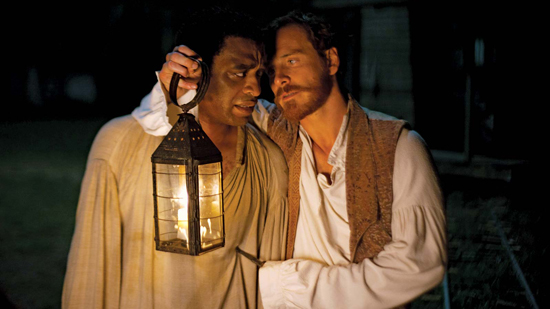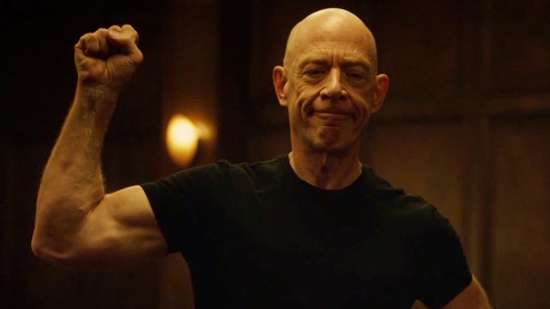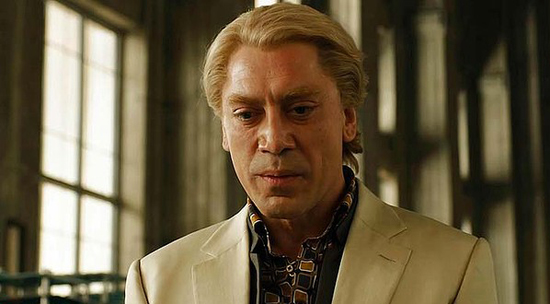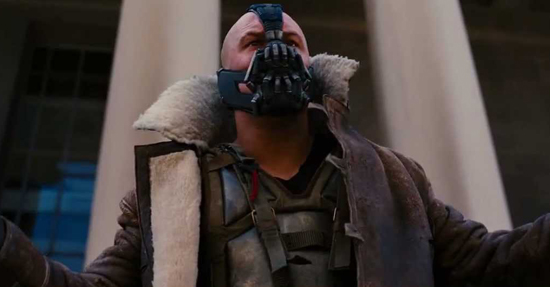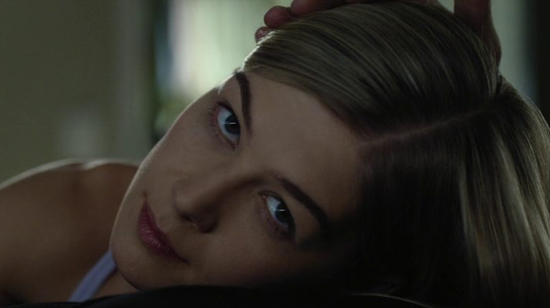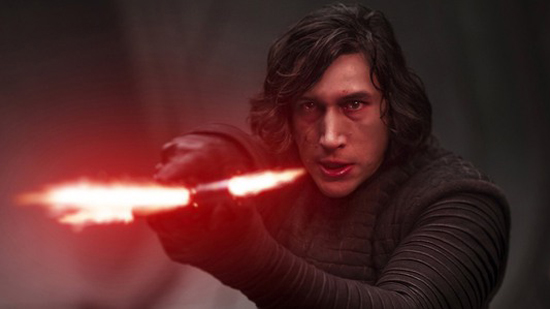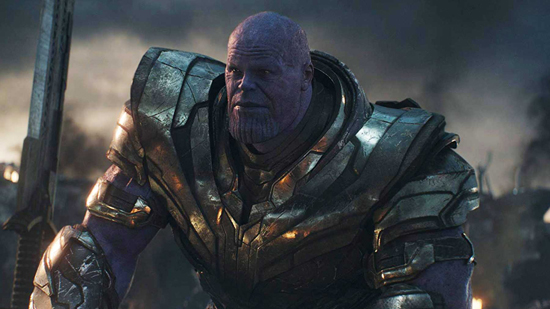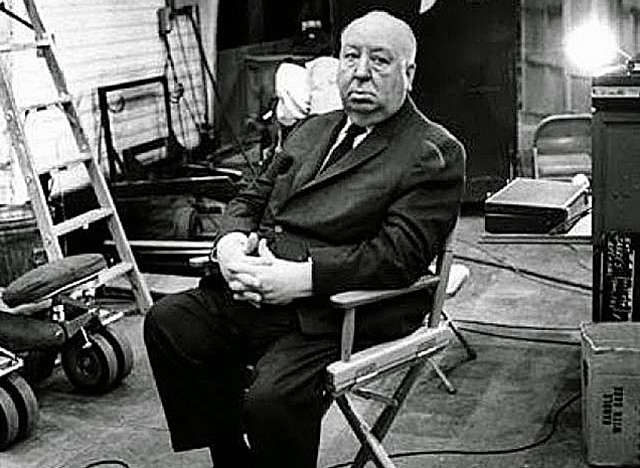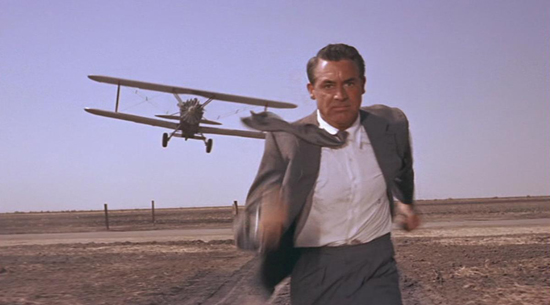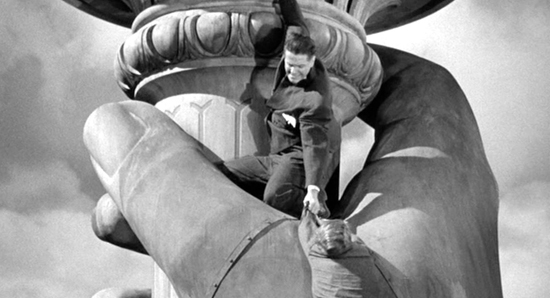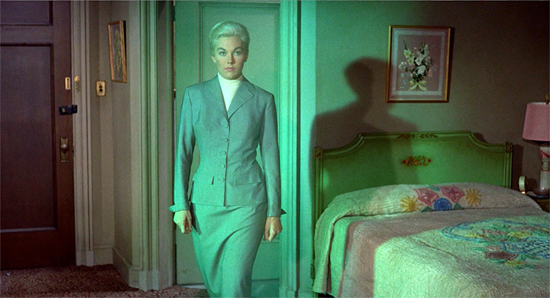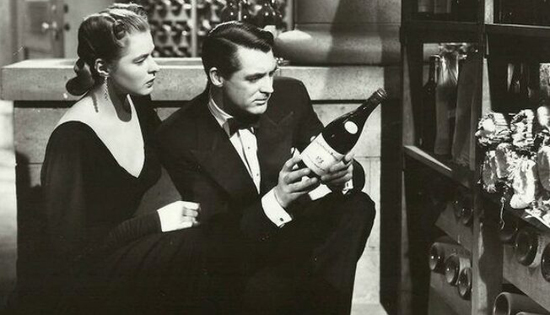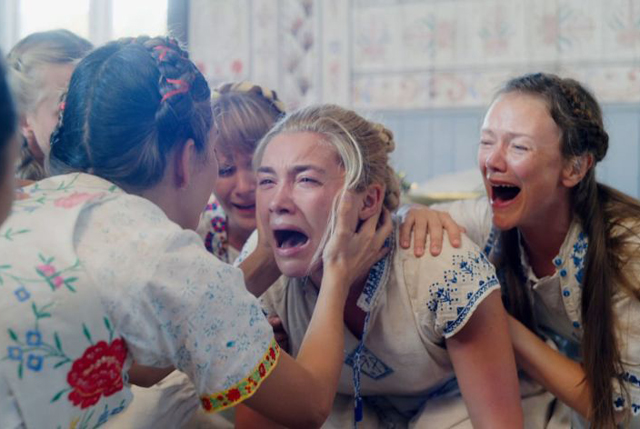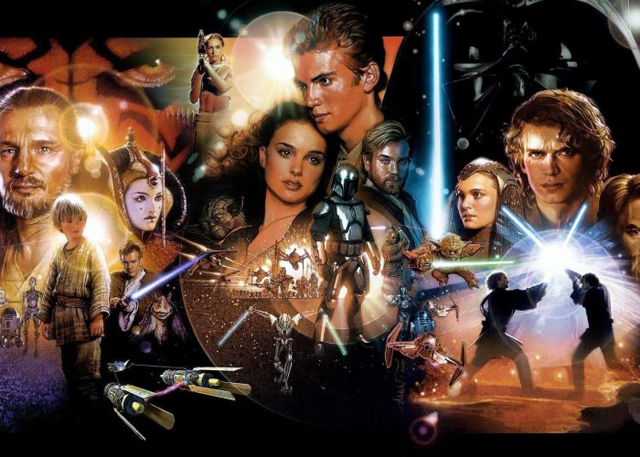
Be careful what you wish for. There’s no doubt that cinema was forever changed by the release of Star Wars (1977) and it’s two follow up sequels. But fans everywhere were left with one striking question after creator George Lucas made the peculiar decision to rename the original film that launched the trilogy Star Wars: Episode IV – A New Hope. And that question was, what ever happened to Episodes 1-3. Initially, Lucas probably made the choice to rename his film that way as a nod to the old sci-fi serials that Star Wars clearly drew inspiration from, and that his trilogy was just a small part of a bigger narrative, some of which he hints at throughout the movies with the many characters’ backstories. But, as time went on, Lucas indeed began to ponder more about what those first three episodes might be, as did many of the fans of the movies. Over time, Episodes 1-3 took on this mythic status for Star Wars fans, with fan fictions and published novelizations doing much to fill in the gaps of the history of this universe that Lucas had created. But, after a successful re-release of the original trilogy in theaters, albeit with controversial “Special Edition” changes, Lucas determined that the time was right to finally make the first three episodes of his Star Wars saga a reality. Now we were finally going to see the story about the rise of the Empire, the fall of the Jedi Order, and most importantly, the events that turned Anakin Skywalker into Darth Vader. It was destined to be the cinematic event of the century, rivaling even the likes of the original trilogy, and fans eagerly anticipated it; some even camping outside movie theaters for weeks on end just to be the first in line to see it.
The day finally came on Memorial Day weekend 1999, with the release of Star Wars: Episode I – The Phantom Menace. But, as with everything in life, what goes up must inevitably fall down. Reactions to Episode I were decidedly mixed, verging towards the negative. Longtime fans in particular were upset by a number of things that felt off about this version of Star Wars; the lack of focus on the story, the stilted performances by the actors, the overabundance of CGI, Jar-Jar Binks, etc. This was not the Star Wars they grew up with, and that reaction would end up clouding the perception of the new prequel trilogy all the way up to it’s completion with Episode III – Revenge of the Sith (2005). Though the movies were still financially successful, they were nowhere near as loved as their predecessors, and even today, you still see a divide among fans that at times can turn pretty toxic. But, are the prequels to Star Wars really that bad? I think there is agreement that they certainly don’t work as well as the original trilogy, but individually do they still work as a satisfying cinematic experience. That’s the hard thing to determine when the movies are serial parts of a much larger narrative, and that aspect may have had to do with why people rejected these movies initially. It’s hard to write a compelling narrative when you already know the fates of all these individual characters. It’s interesting that younger viewers who were first introduced to the movies through these prequels have a much rosier view of the trilogy than older fans do. Is it a generational bias thing that has split the fanbase in two? To see how the prequel trilogy stands on it’s own, let’s take a look now at the individual films of the first three episodes of the Skywalker Saga with the Star Wars Prequel Trilogy.
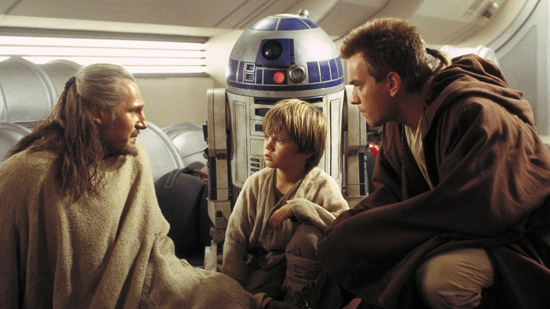
STAR WARS: EPISODE I – THE PHANTOM MENACE (1999)
After a 22 year absence, George Lucas stepped behind the camera once again to relaunch the franchise that made him a household name. Drawing from the intricate backstories that Lucas had hinted at in his original trilogy, he was finally going to make the kinds of Star Wars movies that he always wanted to create, but was never allowed to because of the limitations of budgets. He could now show us the full expanse of space, explore many new worlds, and even show the extravagant regalia of the Old Republic in it’s heyday. Indeed, where George Lucas shows his brilliance in is with his world building. There are so many imaginative new worlds explored in these new adventures, including the lush green serenity of the planet Naboo, as well as the intricacy of the city planet Coruscant, the seat of power of the Republic. But, while the new movies show off his imagination in creating new worlds, they also reveal his shortcomings as a storyteller. Let’s just say The Phantom Menace is far more style than substance. This immediately becomes clear when the movie gets bogged down by talks of trade alliances, treaties and embargoes. It’s not like the original trilogy was not without political intrigue, but it was balanced with action set pieces and character development. Phantom Menace leaves very little time for us the audience to find our footing and immerse ourselves in this world and the characters. Lucas just seemed too preoccupied with setting up the rules of his world that he forgot to give any detail to everything else that normally made a Star Wars film engaging. That’s what made collaborators like Irvin Kershner and Lawrence Kasdan so valuable to the process, because they could explore those depths of character more closely while Lucas occupied himself more with creating this universe.
But, is The Phantom Menace a complete failure of story. It’s hard to say. The ingredients are all there, but the way it’s structured just feels off. We are introduced to both new and familiar faces. Liam Neeson does carry a strong presence as jedi master Qui-Gon Jinn, delivering adequate enough chemistry with Ewan McGregor, doing a credible imitation of Alec Guiness as a young Obi-Wan Kenobi. Had these characters been the focus of the movie, things might have worked better, but that’s not the case. The movie keeps jumping from world to world without giving much time to settle the characters into their place in the narrative. It’s like everyone is just there to play their part and nothing else. We barely get to know key characters like Natalie Portman’s Padme Amidala, and iconic characters like R2-D2 and C-3PO are almost shoehorned in without much purpose to the story. Also, the boy who would be Darth Vader is presented here as a precocious little child, not once indicating the monster that he will one day become. At the same time, Lucas also devotes a needless amount of time to the comic relief character of Jar-Jar Binks, who to many a fan, is the most reviled character in the entirety of the Star Wars series. I agree that Binks is not a great addition to the Star Wars mythos, but it has less to do with the actor’s performance (Ahmed Best, who does try hard) and more to George Lucas’ shortcomings as a writer. What bothers me more about the movie, however, is that it demystifies aspects of the Star Wars lore that had always made the series so intriguing. Specifically, it’s the introduction of the midi-chlorians that I think is the worst thing ever added to the Star Wars series. Here, Lucas tries to give a biological explanation to the Force; that it’s something in a person’s bloodstream that can be quantified, as opposed to a mystical force that binds all life together. That spiritual aspect was so key to the original movies, and in one misguided swoop, he undercuts it completely, just so he can show us how powerful little Anakin really is before he becomes a Jedi. The movie has bright points, including an exciting pod race scene halfway thru, and an interesting if underutilized antagonistic threat from Darth Maul (played by Ray Park). Disappointing yes, but the low point for Star Wars? Well, we’ll have to see where it goes from here.
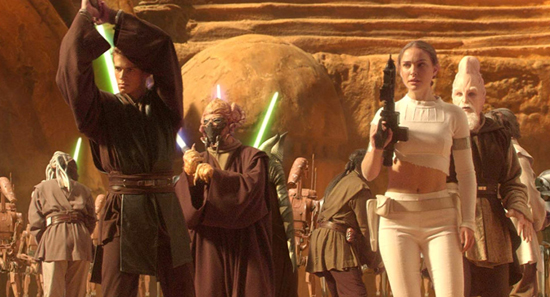
STAR WARS: EPISODE II – ATTACK OF THE CLONES (2002)
The backlash against The Phantom Menace was strong, but not enough to keep the movie from reaching box office records. As a result, Lucas was given the go ahead to continue on with the trilogy, with the second chapter taking us ten years beyond the events of the previous film. And you would think that with that amount of time George Lucas would learn from his mistakes and craft a more cohesive film the second time around. That notion unfortunately goes right out the window once the movie immediately as Lucas again puts too much focus on the plot elements and not on the characters. Only this time, he mistakenly tries his hand at making a love story too. Anakin (played by Hayden Christensen, who takes over from Jake Lloyd) is now a fully trained Jedi under the mentorship of Obi-Wan Kenobi, and his relationship with Padme deepens into a budding romance. These so-called “romantic” moments are so contrived and labored that they hamper the entire movie, and in my opinion, make this the least engaging movie in the entire Star Wars franchise. Phantom Menace at the very least had that exciting pod race and some cool battle scenes. Clones sadly is bogged down by too much moody whining from Anakin Skywalker. It seems impossible that this obnoxious brat would become the most feared menace in the galaxy one day, and with Lucas’ terrible writing, he undermines the development of what is supposed to be one of the most important characters in the entire saga. Christensen unfortunately is still too green of an actor to make any of this material work, and his performance is sadly the most wooden within the entire film. There’s also a severe lack of urgency to the entire movie, with most of it devoted to Anakin returning home only to find his mother brutally murdered by Tuskan raiders, which triggers his own murderous instincts. At the same time, Obi-Wan Kenobi is tracking down a rogue assassin named Jango Fett (Temura Morrison) who has something to do with the Separatist movement at war with the Republic.
Interestingly enough, the stuff with Obi-Wan Kenobi is the only mildly interesting part of the movie. Acting as a bit of detective story within the overall narrative, the film at least gives us a bit more development into his character. Unfortunately, it is overshadowed by the duller Anakin/Padme story-line. Eventually, the movie does lead to an admittedly exciting conclusion, as the Republic built clone army does battle with the Separatist droid forces. At it’s center, there is a great battle between the separatist leader, Count Dooku (the legendary Christopher Lee) and the Jedi. Another thing that is so unfortunate about the lack of development in this movie is the fact that Lee’s Dooku takes up so little screen-time, much like Darth Maul in Phantom Menace. Creating interesting new villains and then not taking full advantage of them is a common theme found in this trilogy. All that said, the light-saber battle between Dooku, Anakin and Obi-Wan is satisfying enough, and Yoda (voiced again by Frank Oz) even gets in on the battle; even though I’m not a big fan of the new computer animated version of the character, despite it being necessary for his fight scene. It’s unfortunate that so much time is wasted in order to get to that conclusion, and you have to wonder if all of this is just padding in order to get the movie to trilogy length. It seems possible, as nothing really is changed by the end, other than Anakin being short one limb after his encounter with Dooku. Everything else has this inevitability aspect to it, because we all already know where it’s going to lead; Anakin and Padme’s courtship, the rise of the clone army, the schism between Obi-Wan and Anakin, it’s all just set up. And none of it is remotely interesting. To me, Attack of the Clones is rock bottom when it comes to Star Wars because it commits the greatest sin of all within the series; it’s boring. The Phantom Menace is flawed, but has points where it comes alive. Clones is just a bridge between movies and nothing more, watched only for the sake of completion of the story. Hopefully it all leads somewhere.
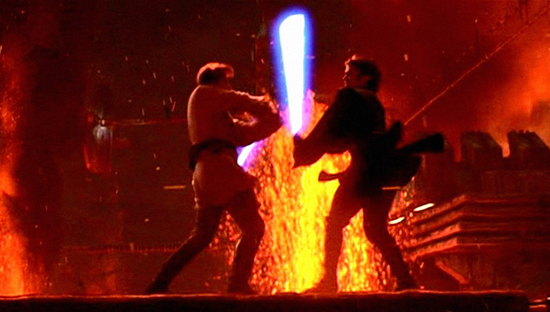
STAR WARS: EPISODE III – REVENGE OF THE SITH (2005)
Now we get to the movie that plays the most important role of all; connecting all the threads into the original trilogy. A lot of things have to happen here; the fall of the Jedi, the rise of the Empire, the corruption of Anakin into Darth Vader, and finally, the birth of Luke and Leia. And for the most part, the movie actually succeeds. There are flaws to be sure; Hayden Christensen’s performance is sadly still lacking, as are most of the still stilted performances throughout. The movie also devotes far too much time towards developing the internal politics of the world, and not enough on the characters. And again, Lucas sets up yet another interesting new villain, this time General Grievous, and does too little with him in the overall film. But, these problems are not as egregious as they were in the previous two films. When the movie needs to get serious, it gets serious, and it thankfully devotes the right amount of time to establishing the needed gravitas to the moments that matter. The things that really makes this movie work so well though is that we finally see the villainous presence of Emperor Palpatine unleashed. Ian McDiarmid, reprising his role throughout the trilogy that he first played in Return of the Jedi way back in 1983, finally takes center stage here and he steals every single moment. Perhaps that’s why so many of the other villains in this trilogy were so underutilized, because Palpatine is the only one that matters. After working within the shadows for most of the trilogy, we finally see him in his full evil presence, and his rise into power is frighteningly potent. He even has a surprising confrontation with Yoda late in the movie, which is one of the film’s best parts. More importantly, his presence finally gives us the true menacing presence of the Sith that we had been severely lacking in the previous films.
The movie is also not afraid to take the story into dark, depressing territory. The fall of the Jedi is dealt with in a rather shocking way, with the Jedi being betrayed by the very same Clone troopers that they had fought alongside. The fact that Anakin Skywalker, corrupted by the influence of Palpatine, is the one leading the slaughter is also effectively shocking. But the movie likewise makes his reckoning feel appropriately tragic. Finally, the turn into Darth Vader makes more sense, as we see the tragic flaw of Anakin’s character, his arrogance and fear of losing what’s important to him, lead him to the dark side. Lucas thankfully fulfills all those aspects within this story, including the long desired for confrontation between Anakin and Obi-Wan on the volcanic planet Mustafar. I should point out that one of the things that has remained constantly strong throughout the trilogy had been John Williams incredible music scores. Continuing on from his work in the original trilogy, Williams never let audiences down with giving adequate epic grandeur to the music in these films. His work in Revenge of the Sith is especially effective, including the battle theme called “Battle of the Heroes,” which underscores the epic fight between Anakin and Obi-Wan. It might even be one of his best pieces he’s ever written, which is saying something. Revenge also does an excellent job of tying the trilogies together. Anakin’s final transformation into the Darth Vader we all know is dealt with in a very chilling scene, albeit undercut by the now infamously lame moment where Vader cries out, “NOOOOOO.” But the final shot of the movie, where Obi-Wan hands off baby Luke to his Uncle Owen and Aunt Beru is a wonderfully done echo of the famous double sunset scene from A New Hope, leaving this trilogy on a near perfect note. So, despite a lot of problematic hurdles along the way that have tarnished a bit of the old Star Wars magic, Lucas did manage to stick the landing when it came to bridging the two trilogies together. Revenge of the Sith is not perfect, but it gets the job done and easily is the best of the prequels by a long shot.
For a while, this looked to be where the saga of Star Wars would end. Lucas had completed his full vision of this universe, showing us the rise and fall of the evil Empire, and the redemption of the Jedi Order after being brought to the brink of collapse. But, his return to the series unfortunately showed his weaknesses as a filmmaker as well. His long gap away from the directors chair may have unfortunately robbed him of some of the insight he needed to make the movies work more cohesively. His instincts for one were undermined, as he relied too heavily on cinematic shortcuts like green-screen and CGI to bring his vision to life. What made Star Wars so appealing in the first place was the fact that it had this tactile, lived in feel to it, which was dictated by the limited budgets and film-making capabilities it had to work with. Here, the prequel movies look too clean and ultimately fake. Sometimes it’s better to work within constraints because it allows for more creative thinking. Still, with the prequel trilogy, there were enough bright spots that made the movies financially successful, and it enabled Star Wars to stay relevant into the new century. But, it would not be the end for long, as Disney picked up where Lucas left off and continued the story even beyond those first six episodes. Now, the Skywalker Saga has been rounded out to a total of nine films, with the concluding chapter, The Rise of Skywalker only a week away from its premiere as of this writing. Any movie franchise that makes it that far on this kind of level is really something special. Though as disjointed and meandering as they are, the prequels do serve the purpose of giving us the full story of the Skywalker family, and their pivotal place in the Star Wars mythos. The only regret is that George Lucas’ imagination was too expansive to contain within even just three or six movies. We unfortunately had to go outside the saga to see the full story of the Clone Wars and the Age of the Galactic Empire, which spinoff series explored more extensively. But, even with that, there’s no denying that the prequels give more to Star Wars than it takes away, and it still remains an integral part of the full story. Let’s just hope that Rise of Skywalker leaves the saga on a fitting final note, and doesn’t result in the same polarizing pitfall. Help us Skywalker, you’re our only hope.

